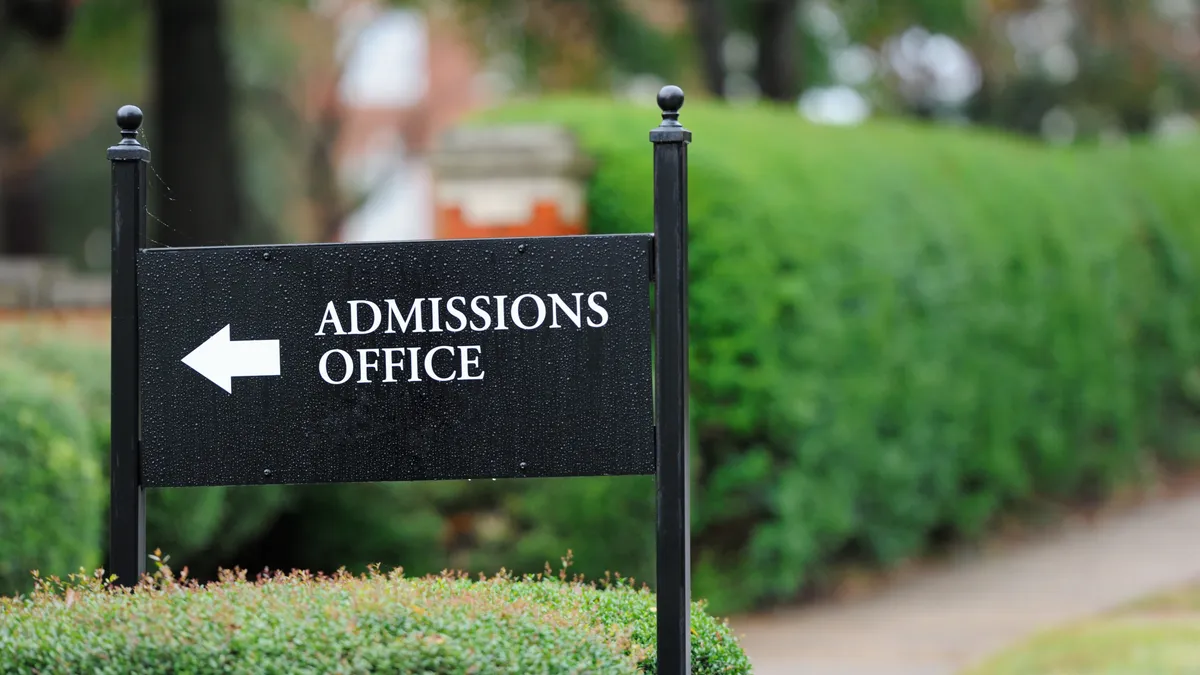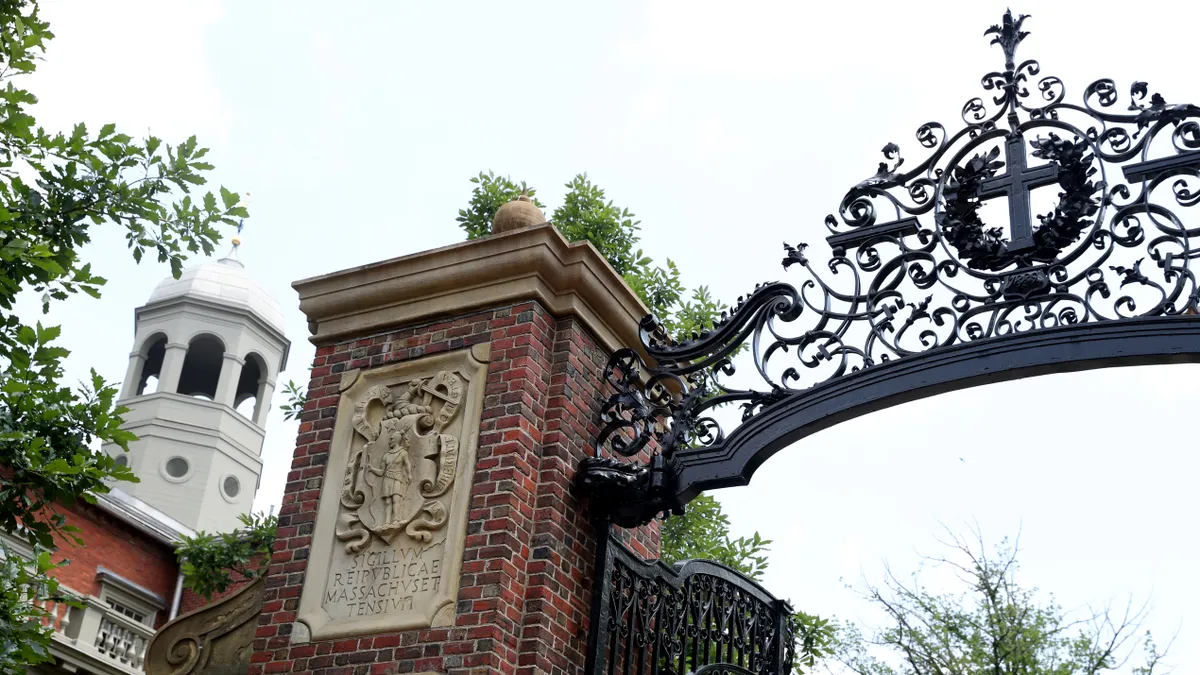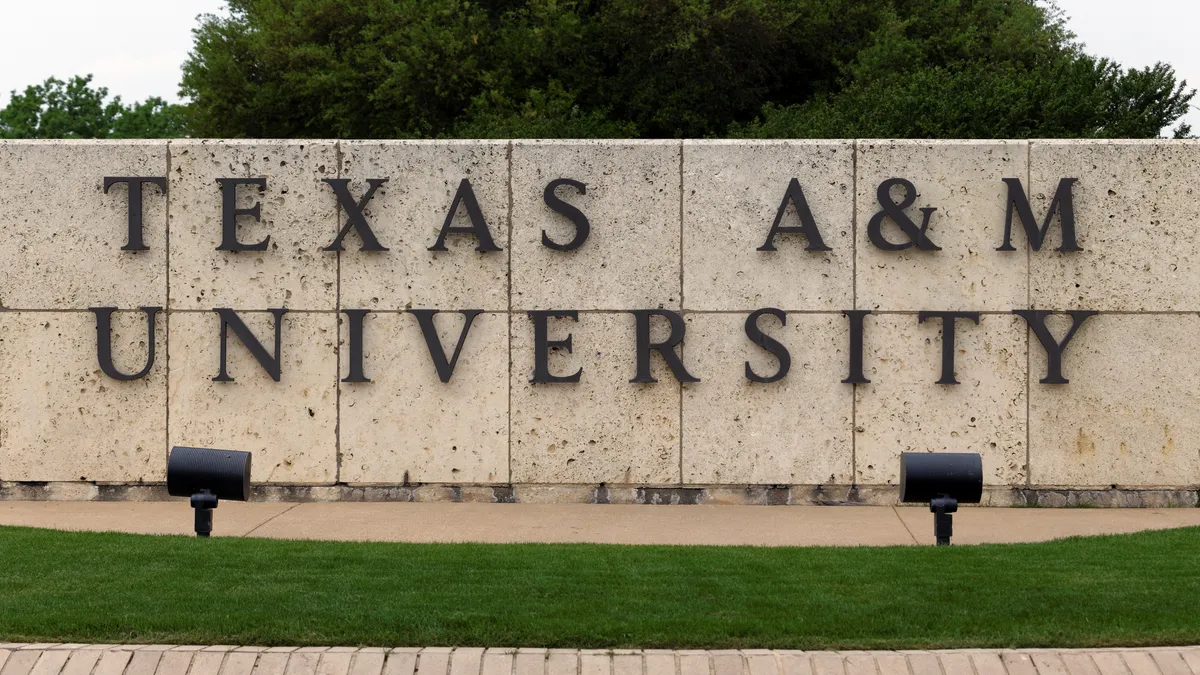A data trove released during the lawsuit against Harvard University’s race-conscious admission practices gave an unprecedented look into how the country’s wealthiest college vetted prospective students.
One fact that was unearthed: Harvard applicants whose family members attended the Ivy League institution were nearly six times more likely to secure admission than those without a parent who went to Harvard.
Heavy criticism against Harvard ensued, as legacy admissions favor White and wealthy applicants and harken back to a racist campaign by the nation’s most prominent colleges that began around the 1920s to give preference to children of alumni and thereby diminish Jewish and immigrant enrollment.
But the revelation was so startling in part because colleges generally do not share information about legacy admits.
Legacy preferences are lodged in admissions, but aside from a couple of high-profile institutions abandoning them — Amherst College in 2021 and Johns Hopkins University several years before that — the public doesn’t know if or to what degree colleges account for family background.
A new report from Education Reform Now, a Washington, D.C.-based think tank, attempts to quantify some of those untold trends in legacy admissions. And it offers recommendations to better track and eventually end use of legacy preferences.
Legacy admits, a history
For much of their history, Ivy League institutions had admitted students from a select band of independent and boarding schools, resulting in an undergraduate population overwhelmingly male, White and Protestant, the report states.
The number of students applying to college swelled after World War II, however, and institutions became more selective and adopted admissions processes that incorporated legacy preferences — and boxed out in large part Jewish applicants.
As of 2020, more than 780 colleges considered legacy status, the report states. That’s about half of four-year institutions that complete their Common Data set. And about 80% of the 64 four-year colleges that admit less than a quarter of applicants each year extend preference to children of alumni, the report says.
However, the pool of colleges abandoning legacy admissions has grown: More than 100 institutions stopped relying on the metric since 2015, including top-ranked private nonprofit colleges like the California Institute of Technology and well-known publics like the University of Florida.
James Murphy, the report’s author and a senior policy analyst at Education Reform Now, said the findings challenge the narrative that legacy preferences are intractable in college admissions.
“This should give courage to colleges, presidents and boards, that this is not something we all do,” he said.
Murphy identified institutions using legacy admissions by combing through their Common Data Sets. Colleges on those documents check off whether they consider family ties in admissions.
That’s an imperfect measure, Murphy said, as colleges can err when filling out the Common Data Sets. Or their answers might not represent their actual admissions practices.
No to legacy admissions
Regardless, it’s time colleges stop using legacy preferences, said Murphy, a self-proclaimed opponent of the practice.
It’s “a textbook example of systemic racism,” he wrote in the report.
The issue has become more pressing in his eyes as the U.S. Supreme Court starts reviewing race-conscious admissions at Harvard and the University of North Carolina at Chapel Hill. Oral arguments in the case begin Monday.
Should the high court strike down race-conscious admissions policies, as Murphy and legal experts expect it will, then preserving legacy preferences will further exacerbate racial divides in higher education, he said.
Legacy admissions is already an unpopular concept, too — the report cites data and anecdotes showing it’s scorned across the political spectrum and by enrollment management professionals.
For instance, even as early as 1966, Yale University’s admissions director attempted to cut back on legacy admits — but incurred the wrath of alumni.
Several years later, the director was gone.
Fear of potential backlash from donors often encourages colleges to hold onto legacy admissions, Murphy said.
One new study of a top-ranked institution’s admissions operations found that the college flagged more than 40% of legacy graduates as potential top donors. The research was published this month in the American Sociological Review.
Colleges may defend use of legacy preferences by presenting them as a way to build a shared community, Murphy said. Duke University’s president earlier this year indicated he favored keeping the practice, saying that Duke is “an institution that was made in a family — the Duke family. We bear the name of that family. We represent family, we talk about family, so how does that translate into the way we behave?”
What should higher ed do?
Still, Murphy thinks many institutions will reevaluate their reliance on legacy admissions, especially in light of bad press generated by the Varsity Blues scandal, which exposed wealthy and celebrity parents who bribed their children’s way into prominent institutions.
In the meantime, the U.S. Department of Education should better monitor and share data on legacy admissions, which would help improve transparency on these issues, Murphy said.
The Education Department could include in its annual information gathering on colleges’ demographics questions about use of legacy preferences, and then publicize that disaggregated data.
More powerfully, the department could make a college receiving federal financial aid contingent upon eliminating legacy admissions, he said. States could similarly act, tying revenue from state aid to ending legacy preferences.
Colorado last year banned legacy admissions in public colleges. And Connecticut earlier this year proposed a bill to prohibit the practice at private and public institutions, though it did not survive the legislative session. Several colleges in Connecticut opposed the legislation, arguing lawmakers shouldn’t intervene in admissions decisions.
California attempted a prohibition on legacy preferences among private institutions in 2019, but the law that ultimately passed instead required them to disclose the number of legacies and children of donors who apply, are admitted and enroll every year.
This “public shaming” method appears to have worked, Murphy said, as the share of legacy admits declined at all but one of the reporting institutions between 2020 and 2021. But the law also is flawed, enabling private colleges to decide whether their policies constitute a preference toward legacies.
Murphy said critics of legacy admissions are starting to build broader awareness of its problems.
“Data reporting will be necessary — but not sufficient,” he said.























